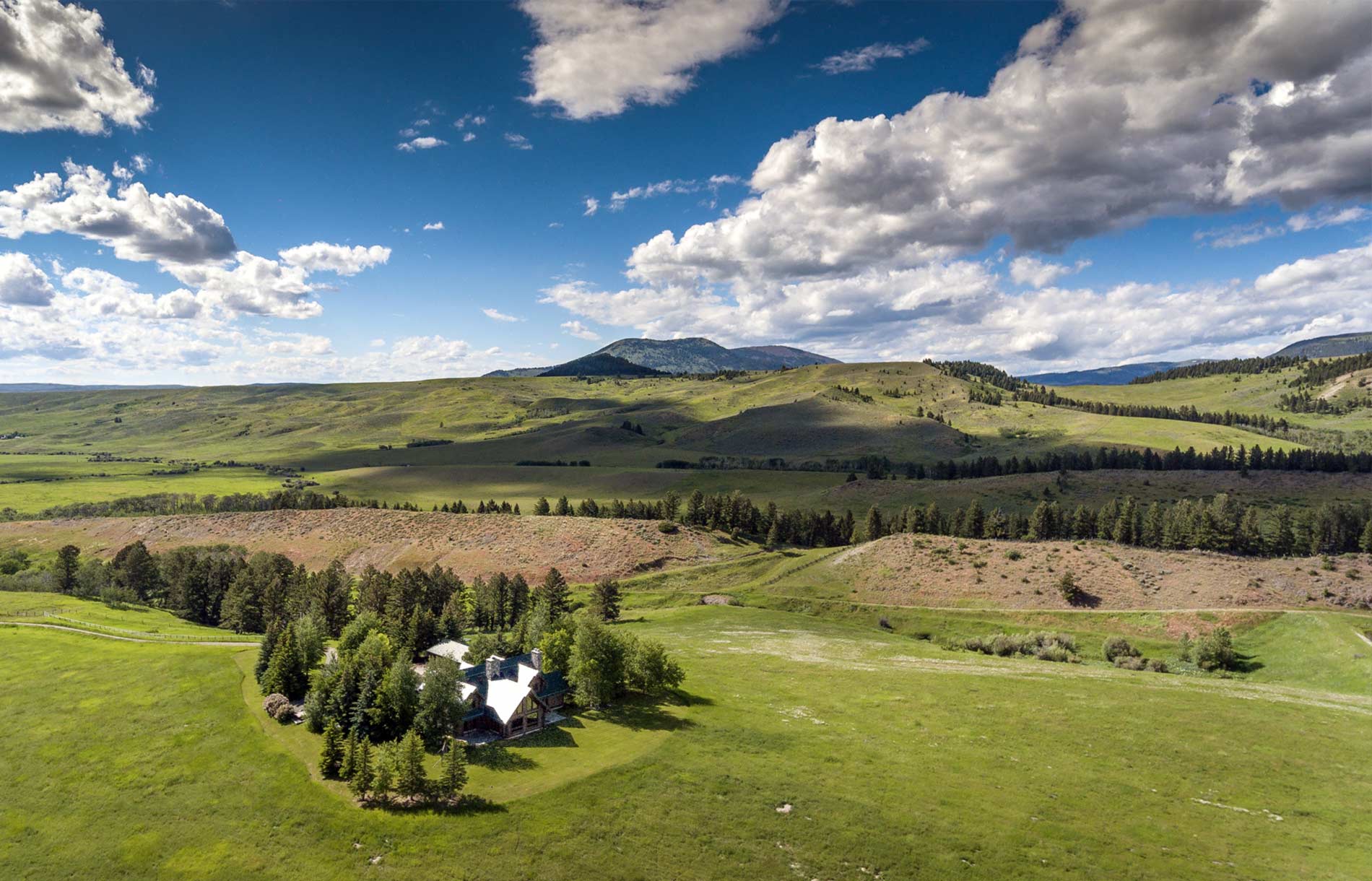The Basics of Helicopter Operation
Whether or not you’ve been on a helicopter before, there are likely many aspects of helicopter operation that you simply don’t understand. Helicopter operation is complicated and requires extensive research and training to understand fully, but having a better grasp of how helicopters operate can be useful if you are a passenger on helicopter flights in Montana. Read on to learn more about how helicopters operate and the importance of the various components that can be found on helicopters.
Helicopter lift
For any manmade craft to get off the ground, it has to counteract the gravitational pull towards the earth by creating lift. The main difference between how airplanes fly and how helicopters fly is in how they create this lift. Airplane wings and helicopter blades are designed in such a way that they decrease air pressure and enable the craft to be lifted into the air. With an airplane, air has to pass over the wings continuously to maintain the lift and forward momentum of the aircraft; that’s why airplanes cannot hover. Helicopters create this lift with rotating blades that force air down and reduce air pressure above the craft, creating lift.
Torque and counterbalance
Since flight is made possible through lift, you might be wondering about the purpose of the tail rotor on a helicopter. After all, doesn’t that just throw the craft off balance? The reason why helicopters have a tail rotor is to counteract torque. Torque is a natural force that creates motion in response to the application of force. In the case of a helicopter, the force of turning blades would cause the helicopter body to turn in the opposite direction. Without the counterbalance of the helicopter tail rotor, the craft would not be able to maintain a straight and stable flight.
Some helicopters can counteract torque without the use of a tail rotor. These helicopters, typically aircrafts designed for military applications, have two main rotors, each spinning in opposite directions. These rotors both force air down, but they don’t create a torque effect that spins the body of the helicopter. This dual-rotor design enables pilots to control the helicopter without losing balance or spinning out.
In addition to features that counterbalance torque, helicopters must also maintain balanced loads in order to fly. This means that helicopter pilots have to strategically position cargo and passengers in such a way that the load is evenly distributed across the aircraft. Piloting a helicopter requires a lot of careful calculation and consideration of numerous factors.
Schedule helicopter flights in Montana
If you’re interested in finding out more about helicopter operation or want to book a helicopter flight in Montana, reach out to Rocky Mountain Rotors. Since 2006, we have been dedicated to delivering exceptional helicopter charter services to our clients. Our team of expert pilots are knowledgeable and trained to provide you with the best flight experience possible. No matter what your specific charter or tour needs may be, our team is here to help you. Give us a call to get started with a consultation!
Categorised in: Helicopter Flights

